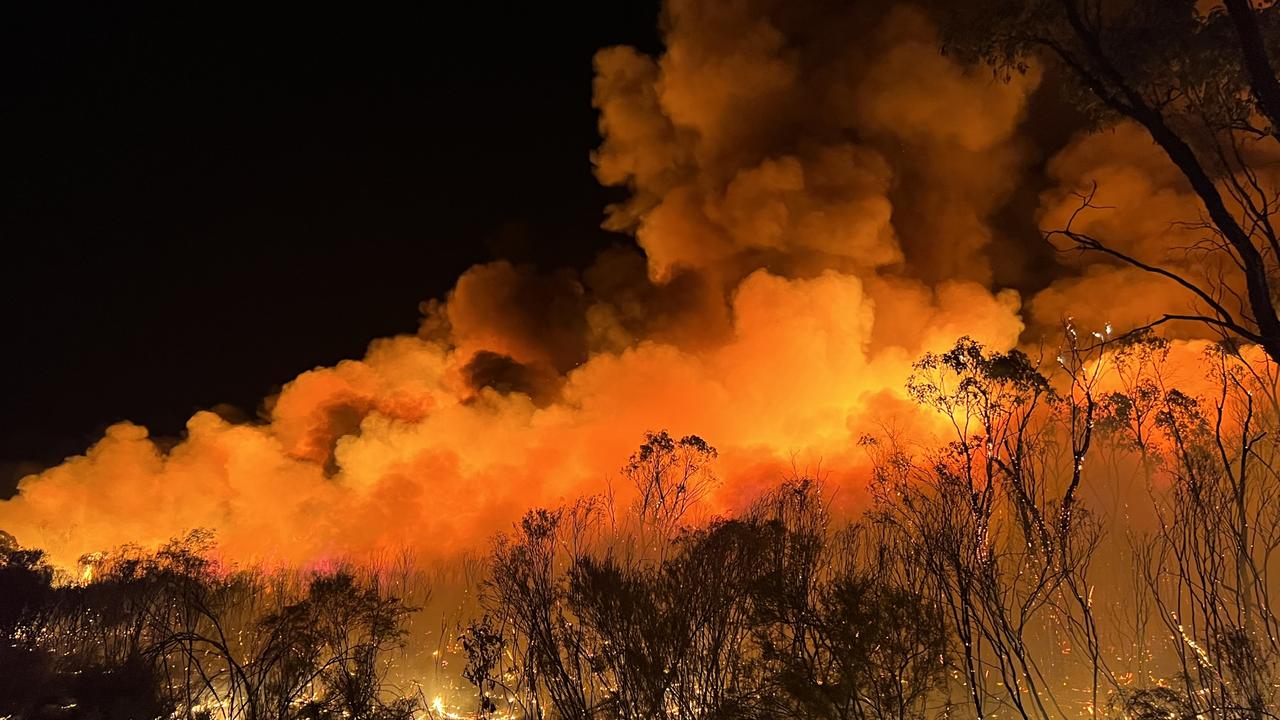Exactly How BAL Record Impacts Bush Fire Protection Procedures
In the world of bush fire protection, the Structure Strike Degree (BAL) report stands as an important tool that considerably affects the safety and durability of residential properties in fire-prone areas - BAL Report. The effect of a BAL analysis expands far past mere documents; it acts as the keystone for identifying the appropriate building criteria and fire security procedures required to alleviate the dangers positioned by bushfires. As communities face increasingly extreme fire periods, comprehending just how the BAL record shapes these safety measures comes to be critical for homeowners, home builders, and policymakers alike
Recognizing the Bushfire Strike Degree

Importance of BAL Report Analysis

Additionally, the BAL record analysis functions as a fundamental step in abiding with lawful commitments and needs connected to bushfire security. Regional councils and authorities usually mandate the entry of a BAL record as component of the preparation and building authorization procedure to make certain that buildings are effectively guarded versus bushfire threats. Stopping working to conduct a comprehensive BAL report evaluation can result in inadequate defense procedures, leaving residential properties prone to ravaging bushfire events.
Building Requirements Based Upon BAL
An extensive understanding of the Bushfire Attack Degree (BAL) makes it possible for residential property owners to execute construction criteria tailored to their details threat profile. Construction criteria based upon BAL are critical in minimizing the effect of bushfires on homes. The BAL rating categorizes the possible danger a home faces throughout a bushfire on a scale why not try this out from BAL-Low to BAL-FZ (Flame Zone) Each BAL degree represents details building requirements outlined in the Australian Typical AS3959-2018 Building of Structures in Bushfire-Prone Areas. For example, residential properties classified as BAL-Low might only require standard measures such as removing particles and preserving gardens, while those in higher BAL groups need more durable actions like ember screens, fire-resistant materials, and secured home windows. Following these construction requirements not just enhances the structural durability of the home yet additionally improves the overall security of homeowners during a bushfire event. As a result, homeowner must thoroughly consider their BAL score and adhere to the equivalent building and construction standards to sufficiently secure their residents and homes.
Carrying Out Fire Security Measures
With the structure of building and construction criteria based on Bushfire Strike Level (BAL) in place, the emphasis currently changes in the direction of the functional application of fire security steps to fortify residential or commercial properties against bushfire threats. Easy actions include utilizing fire-resistant building products, setting up ash guards on vents, sealing gaps in roofs and wall surfaces, and preserving a clear space around the residential or commercial property free from combustible plant life. By incorporating both passive and active strategies, residential or commercial properties can considerably minimize their vulnerability to bushfire incidents and raise the safety and security of passengers.
Shielding Homes Versus Bushfires
Properly guarding homes versus the harmful influences of bushfires calls for a aggressive and comprehensive method to fire defense measures. In addition, sealing voids and vents to avoid coal invasion, as well as integrating fire-resistant doors and windows, can help strengthen the home's protection against bushfires. By embracing an aggressive stance and integrating these safety steps, homeowners can significantly raise their opportunities of protecting their homes against bushfires.
Verdict
In verdict, the Bushfire Attack Degree (BAL) report plays a crucial duty in go to my site determining the needed protection steps versus bushfires. Implementing fire defense measures based on the BAL report is crucial in safeguarding properties from prospective bushfire dangers.
In assessing bushfire danger to properties, comprehending the Bushfire Strike Level (BAL) is a vital part for executing reliable defense steps. Overall, a clear understanding of the Bushfire Strike Level is necessary for implementing adequate protection steps and alleviating the effect of bushfires on buildings.

Comments on “Protecting Your Home: The Important Function of a BAL Report in Bushfire Readiness”